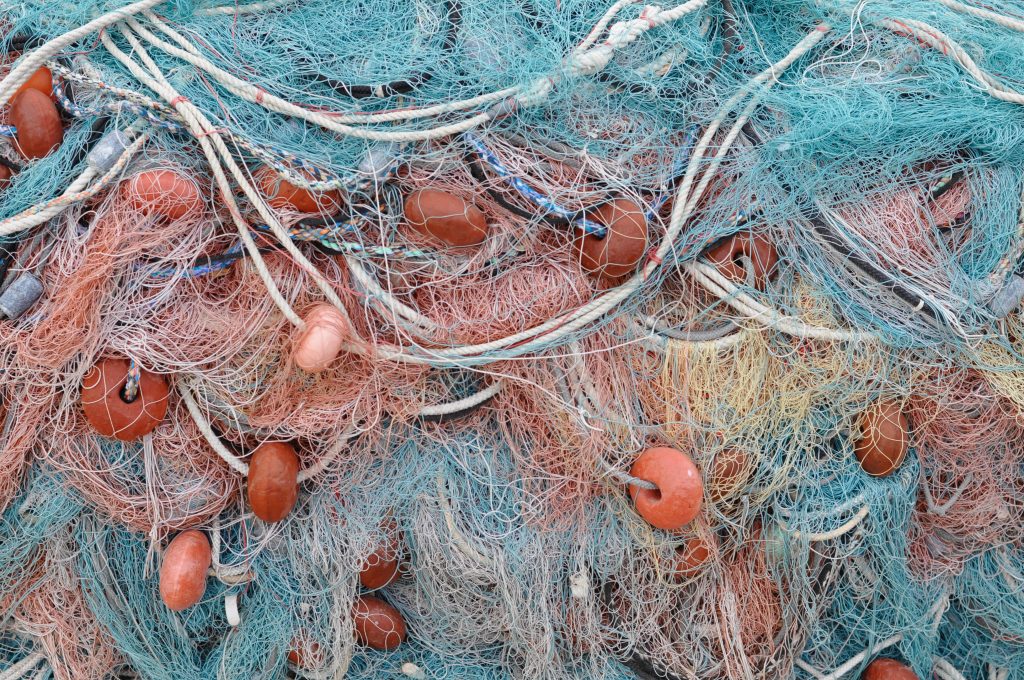
The project was originally set up by Reflow in order to create 3D print filament, which is a bit greener than most plastic filaments available on the market. Both figuratively and literal. The plastic they use comes from used fishnets. The problem with this plastic, however, is that it warps when 3D printed. This problem is due to crystallization of the plastic when solidified. In order to solve this problem, the company asked the CoEBBE, to create a compound using the fishnets plastic and natural fibers.
So far 14 different compounds have been made and will be tested by Reflow in Amsterdam. Reflow will test this by making filament for the 3D printer on a small scale and on a production scale. These filaments can be 3D printed, to evaluate warping performance. The goal is to limit yourself to the best connections.
If the warpage problem is fixed using these natural fibers, the company will have a new filament to be launched which will be labelled as a greener product and be compared with virgin grade 3D printing filaments, eg, PP filament.
Fun fact: the plastic from used fishnets is green of itself so that’s why it is also literally greener.
Reflow is continually trying to create more environmentally friendly filament for 3D printers. In order to express how ‘’green’’ a product really is they will perform life circle analyses on their products. This way (in the near future), customers will be able to choose filament depending on cost, quality and impact on environment.


